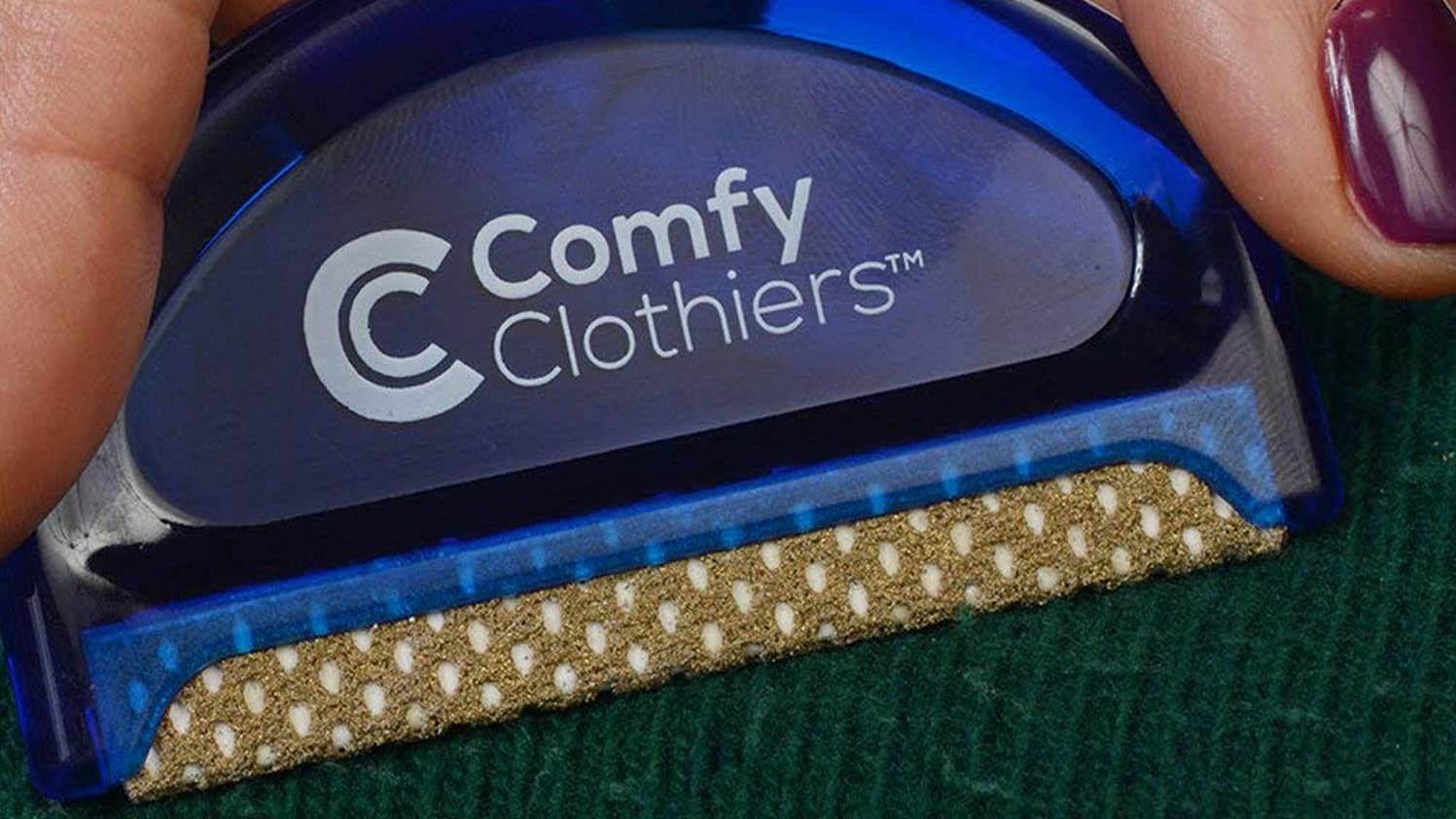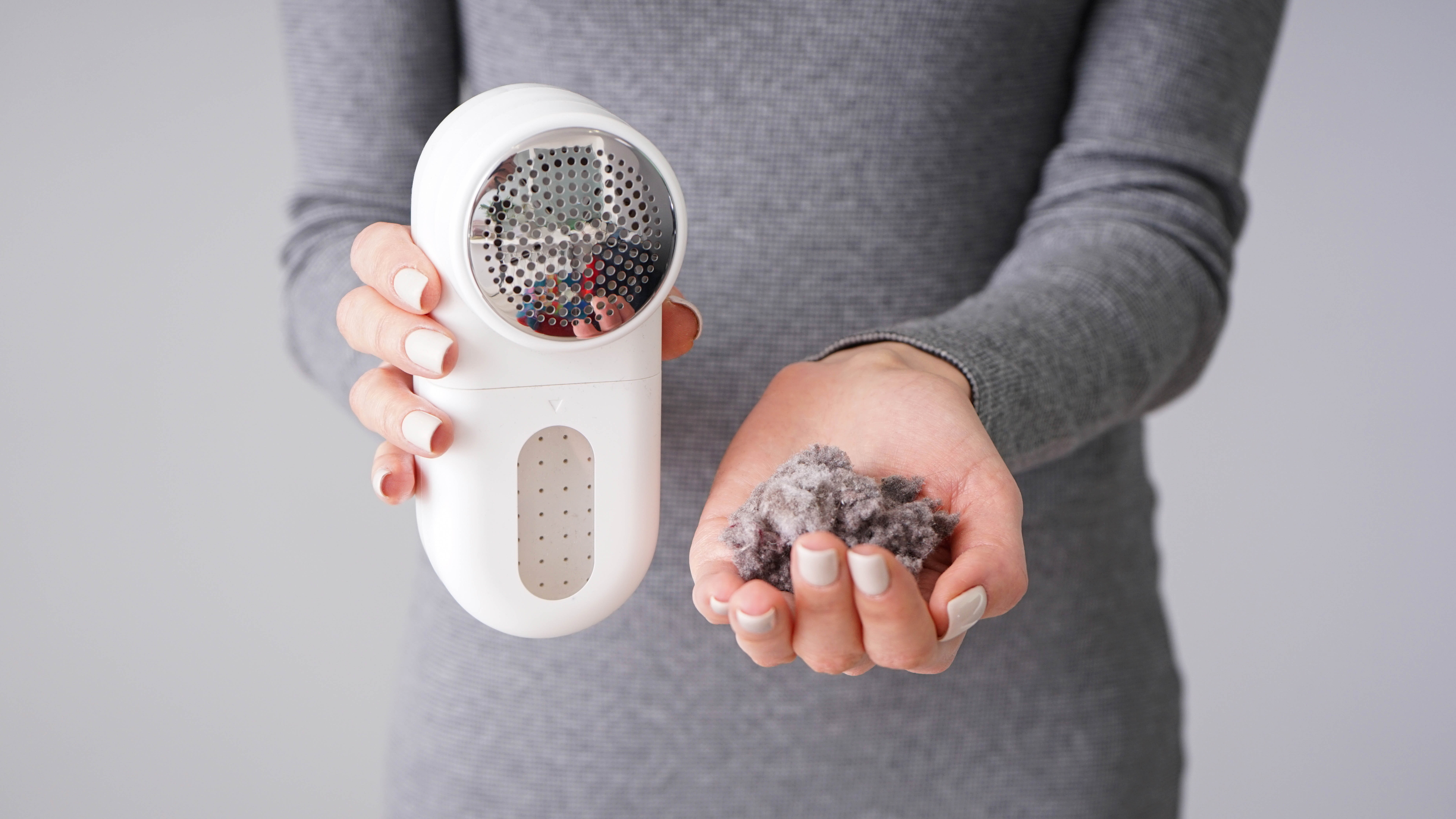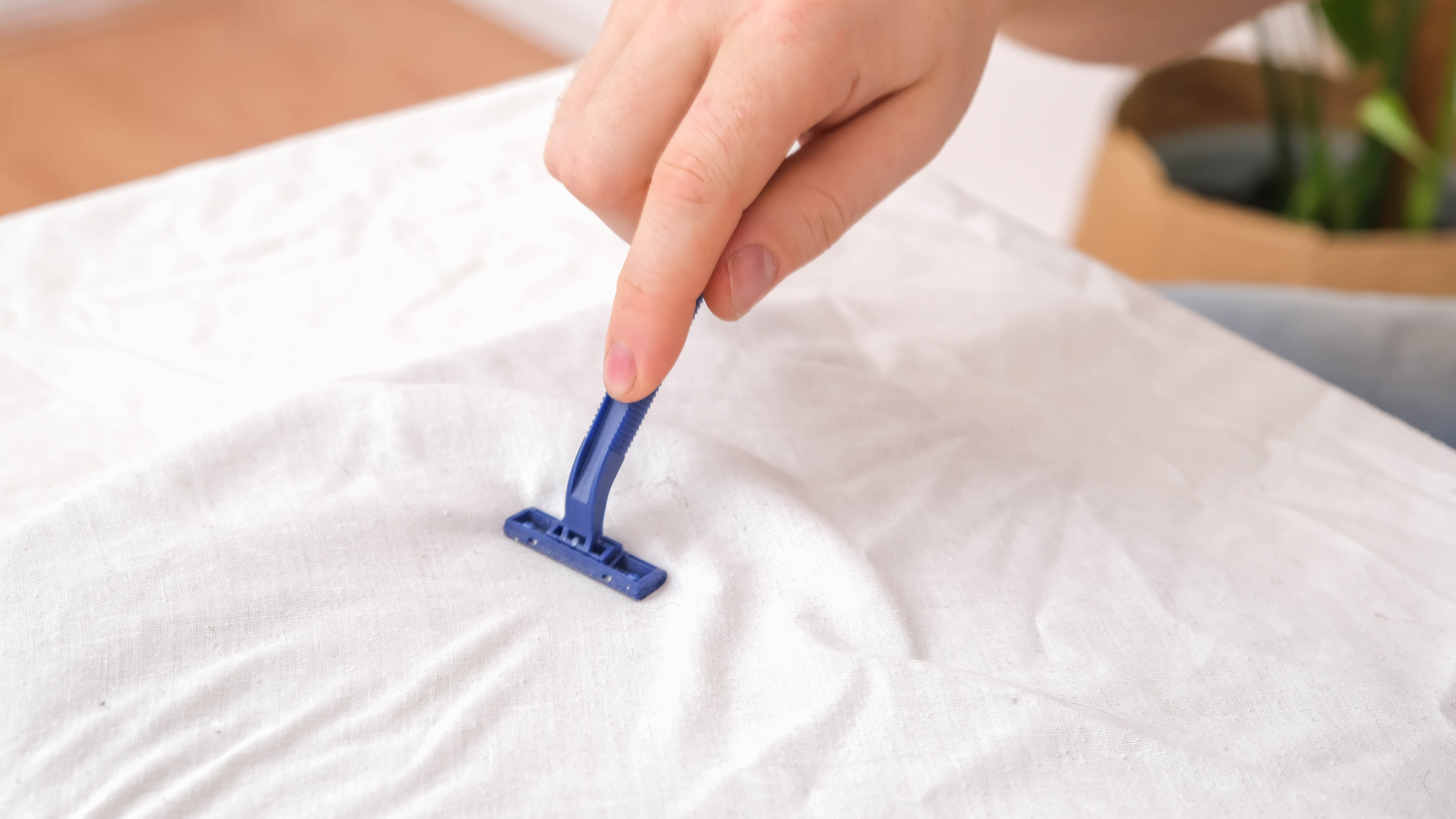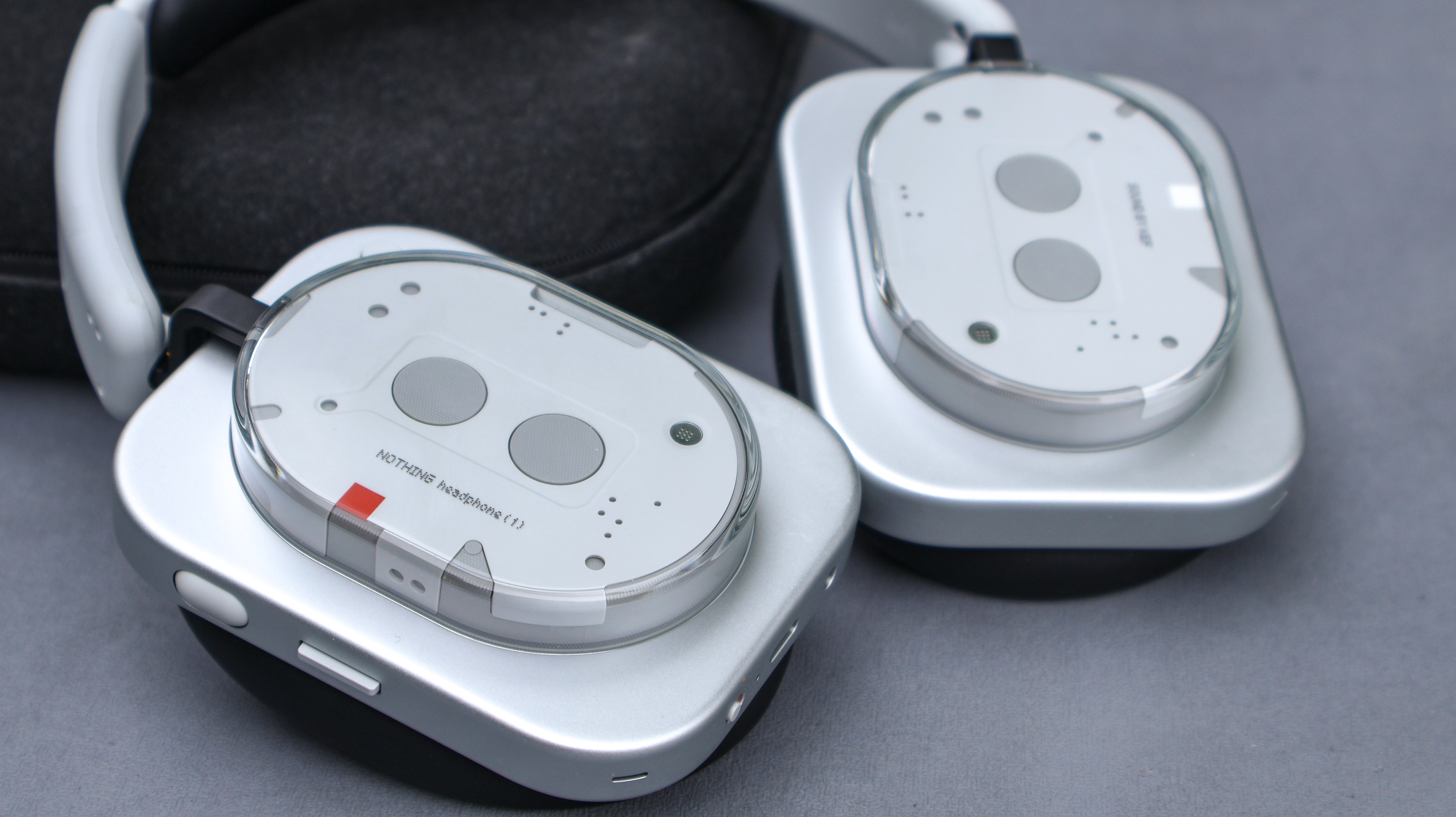How to remove pilling from clothes to restore your sweaters
Here’s four methods to guide you on how to remove pilling from clothes

Knowing how to remove pilling from clothes can help save your winter wardrobe. There’s nothing worse than pulling your favorite sweater out of the drawer and noticing small balls of fuzz have formed all over it. Known as ‘pills’ or ‘bobbles,’ these tiny balls of lint form on clothing as a result of friction and loose threads entangling together — and can quickly ruin the appearance of your sweater. They’re often found on knitted products, but they can form on any cotton, polyester, wool or synthetic surface if there’s enough wear and tear. That’s why you might notice these balls of fuzz on your bed sheets as well as in the armpit region of your clothes.
The trouble is, so many of these bobbles can form that it becomes difficult to remove them all. Pulling them off individually could damage the item, and with every wash in one of the best washing machines, the situation will only worsen. But, don’t go throwing away your favorite sweater just yet. The good news is that there’s more ways than one to remove these pills both quickly and easily. Plus, you can prevent them from forming in the future as well. Here, we will take you through everything you need to know, so you can get your knitwear looking as good as new. Here’s how to remove pilling from clothes.
Accidently shrunk your sweater in the wash? Be sure to also check out how to unshrink a sweater without damaging it. Plus, here's how to store your winter wardrobe to keep it fresh.
How to remove pilling from clothes

Fabric comb
OR fabric shaver
OR sweater pumice stone
OR safety razor
Lint roller
(Optional) scissors
Option 1 — Fabric comb
A fabric comb, or sweater comb, is perhaps the most traditional way of dealing with pilling. These small and portable combs are held in your hand and are manually brushed over the fabric to pick up any fuzz or lint. An example of this would be the Comfy Clothiers Multi-Fabric Sweater Comb ($7.99, Amazon).
Fabric combs often feature metal or polyester-coated brushes which will ‘comb’ away the pills while the item is held taut. Sometimes, fabric combs are supplied with expensive items of clothing that are prone to pilling. But, if you opt to buy your own, make sure it’s suited to the fabric you intend to use it on. Some have a multi-purpose design, such as the one mentioned above, while others may be exclusively intended for cashmere. Always test on an inconspicuous area first to make sure it doesn’t snag before proceeding. A lint roller can help pick up excess fuzz once you’re finished.

Option 2 — Fabric shaver
Get instant access to breaking news, the hottest reviews, great deals and helpful tips.
Another popular method for de-pilling is to use a fabric shaver. This is an electric, handheld tool which you run over the item, while flat, to remove lint. These can be either battery powered or rechargeable — in either case, it’s fully portable. The pills are removed using a set of rotating blades under a flat, metal mesh screen — it works a bit like a standard electric shaver, but for clothes.
Fabric shavers can come with multiple settings to suit the item you're de-pilling, making them fairly versatile. Plus, they can collect the lint as they go, so all you have to do is empty the container once you’re finished, rather than deal with a mess on the floor. This is a faster method versus manually using a fabric comb, but it will cost you more, particularly if you opt for a rechargeable model. Having said that, if you’re often dealing with lots of pilling, it may be worth the expense. We recommend the BEAUTURAL Fabric Shaver and Lint Remover ($13.97, Amazon).

Option 3 — Sweater pumice stone
A sweater pumice stone is a natural, manual method for pilling removal. You use it in much the same way as a fabric comb, dragging it along the surface of the item with a light pressure. It will pick up lint, pilling and pet hair with each swipe, making the material look renewed by the time you’re finished. A lint roller may be required to get rid of the excess pilling though.
Pumice stone is actually a volcanic rock which can be useful for all sorts of tasks — its lightly abrasive nature makes it a pretty good exfoliate for skin care. But, it comes in use for de-pilling for the same reason. It’s a great option for those who are eco-conscious, while shopping on a budget. We recommend the Impresa Pumice Sweater Stone ($12.99, Amazon). Just make sure the stone you’re buying will suit the material in question. The one recommended above works on the majority of fabric types, but some will have dedicated purposes.

Option 4 — Safety razor
Last, but not least, you can always remove pilling using a simple safety razor from the bathroom cabinet. However, we should stress that this method is not without its risks, to both yourself and the item you’re de-pilling. If care is not taken, you can cut yourself with a razor, or even tear the clothing you’re ‘shaving.’ So, we do not recommend it if you’re dealing with a particularly expensive item, or if you’re not confident or comfortable with using a safety razor.
Should you choose to proceed, all you need to do is pull the fabric taut on a flat surface and then lightly brush the razor over it in small strokes, working your way from top to bottom in even rows. Try to move in a slow and calculated manner to avoid causing unwanted damage. You will need to remove the excess pilling as you go as well, which can be done with a lint roller. Depending on the level of pilling you’re dealing with, a small pair of scissors can also be helpful for dealing with loose ends.
Whichever method you choose, your item should now be free from pilling. Here’s how you can prevent it from coming back in the future.
How to prevent pilling on clothes

- Wash your items gently — The aggressiveness of a wash cycle can worsen pilling, so by reducing the spin, temperature and wash length, you could be doing your clothes a favor. You could always opt to hand wash for the ultimate TLC. Wash your clothes inside out if you choose to stick to the washing machine — this helps prevent friction to the exterior.
- Subject the material to less friction where possible — Some friction on your clothing will be inevitable, however if you have an item which is particularly prone to pilling, you can take extra care. For instance, avoid wearing layers over the top, or watch out for items regularly brushing against it, such as handbags or backpacks.
- Skip the dryer cycle — As the clothes tumble in the dryer, they will make contact with each other and cause further friction and pilling. Skip the dryer for these more delicate items and hang to dry instead.
- Choose items less likely to pill in the future — Going forward, it’s worth keeping pilling in mind for future purchases. Loose fibers are more likely to pill, so look out for items which have a tight weave and a hardy nature, such as denim. Avoid natural and synthetic mixes. If the item is already showing signs of fraying on the shop shelf, steer clear.
- Deal with signs of pilling asap — Once it starts, pilling can actually encourage further pilling, especially in the washing machine, so deal with it as soon as you can.
Noticed other signs of damage to your sweater? Here’s how to get rid of moths in your home.
For more washing tips, tricks, and how-tos, check out our guides on best clothes dryers, this is the cheapest time to do your laundry and save money and what do laundry symbols mean?

Katie Mortram used to be a Homes Editor for Tom's Guide, where she oversaw everything from kitchen appliances to gardening tools, as well as smart home tech. Specializing in providing expert advice for cleaning and home manintenance, she now works as Household Advice Editor for Good Housekeeping.
